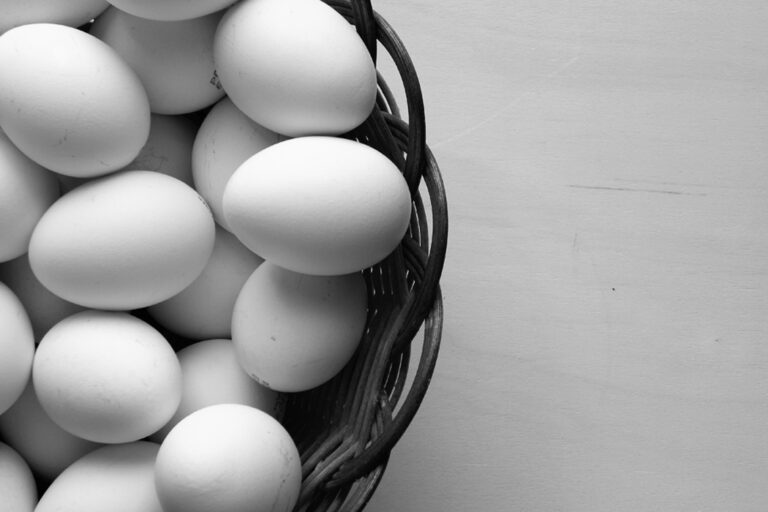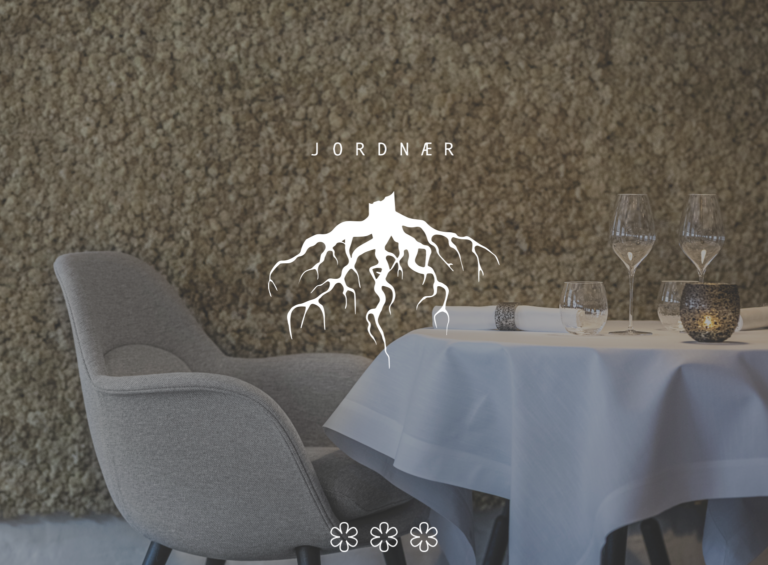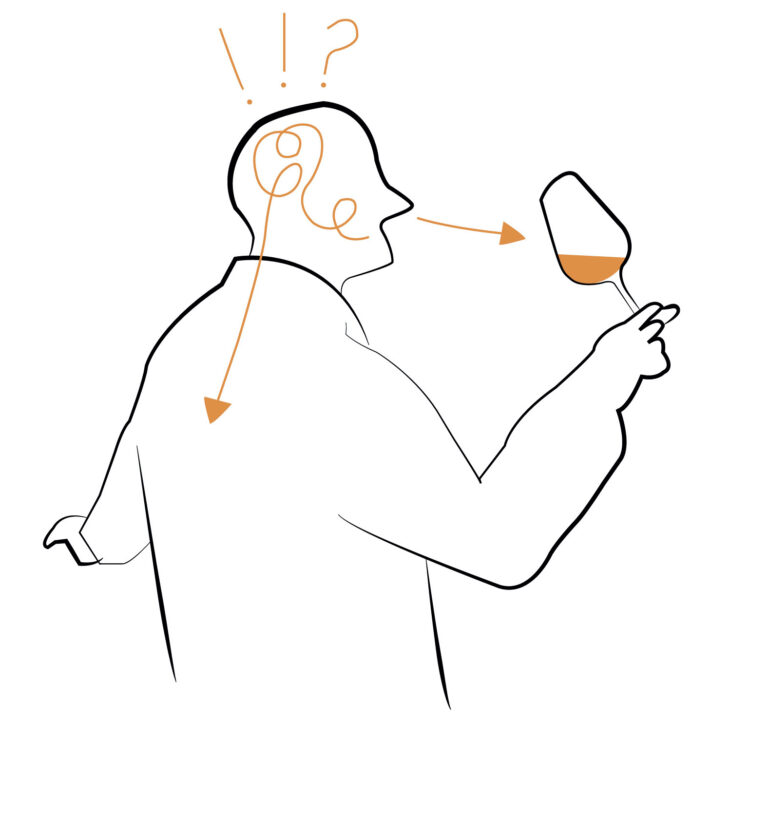To sum it up in one sentence: ‘The environment impacts the wine experience.’ On the surface, Champagne Hiking is easy. Take your bottle, and drink it outdoors. Yes, it is this simple, but there is also a myriad of details that have to work together to create maximum enjoyment. You see, all of your senses play their part.

Relax, Richard! Let go of everyday pursuits. Take a deep breath and ground yourself. Good, I knew I could. Nice to do nothing. Just exist. Nah, not like that. Not just exist. Live intensely in the moment. Be observant. Stay in the present. Take part. In short, be alive.

Flight of birds purposefully travelling south interrupts the crispy calm I have finally achieved and reminds me that winter will be here all too soon. Mild winds still caress my stubble and soften my clean shaven and tense temples. Swallows singing their summer songs still drown out the tambourine rattle of aspen leafs and the willow’s theatrical murmur. I am listening to wonderful, melancholy Nordic music I recently ignored! I tilt my head back, compressing the rigid neck muscles to the maximum, and look straight up. Up above is the ice blue sky, on the one hand, close by and harmonious, while at the same time in a paradoxical way attracting infinite depth from the atmosphere, into the unknown. I find comfort in the clouds, dancing across the sky as seductively as during the age of dinosaurs or champagne monks. I am witnessing a drama in constant flux. Time, this fascinating and inevitably frightening concept, ever-present witness to our coming and goings. I close my eyes, and the moment passes and is transformed into history. Everything is either unborn, alive or dead in the eternal universe. At the moment I am alive. I live with intensity and strength, with an enhanced level of consciousness that only the right mood, reflection and a slight champagne inebriation can mobilise.

My nostrils are large as satellite dishes; capturing every detail expressed and communicated by my 1975 Florens-Louis. I can almost smell the seafood that lived in the Paris basin inland sea 30 million years ago. I can certainly follow the scent memory, to the hills of Champagne and the fragrances of the billowing French landscape, highlighted by the sunshine, wind and rain. Equally razor-sharp and crystal clear is the scent of the Gallo Romanesque chalk cellar in Reims, where the bottle has been aged for as long as most of us went to school. The golden bubbles dance as vividly as the swallows in the sky and turn into a firework of aromatic joy and colour in the mouth. It is a magic combination of time, space and the beverage of life!

One hour ago, I withdrew from the party games in our cosy cabin in Roslagen and sat down on a cold flat rock next to an ordinary Swedish lake to find inspiration for this introductory text. The pattern is always the same. I am slightly unfocused at the beginning of the Champagne Hiking. Soon though, I become very watchful and present. As time passes, my thoughts turn to the philosophical and nostalgic. I think back on the journey I have undertaken since I first fell in love with champagne 30 years ago, and somewhere I feel as if I have come full circle. Returning to where it once started, with the intoxicating enjoyment and creation of unforgettable champagne memories. If I have come far, the beverage and the district of Champagne have travelled to the moon!
A hundred years ago, a bottle of champagne would fetch the price of a year’s salary for the ordinary worker. Today, a cleaner can pick up a weekend bottle of Laurent-Perrier for the equivalent of half a day’s work. Champagne has been democratised, and interest in the world’s most spectacular wine is growing dramatically. The same is true about travel. Difficult to believe as it may be, 70–80 years ago most of the people in the world never travelled abroad. Only the richest and most privileged could afford to spend their holidays in a foreign country. And even for this western elite, Asia, Africa, and South America were only fantasy worlds they read about in Tintin or The Jungle Book. Air traffic has revolutionised our travels to such a degree, that our neighbour may very well be on vacation in Mongolia, Suriname, or Delap Uliga Darrit. It is almost disheartening to realise that there are hardly any locations on our planet that we can’t visit. The fact is that any destination is only two days away from the nearest airport. Our understanding of nature and wonders of the world created by human kind increases every time our neighbours tell us gripping stories, or when media shower us in delicious images from the most spectacular corners of the Earth. An unfortunate downside of this easy access to the world is that some of the most desirable locations have been run over by tourists in such quantities that the magic is lost. For this reason, I have tried to avoid the worst tourist traps on my champagne-fuelled dream journey around the globe and instead searched for locations that can facilitate champagne contemplation in the truest sense of the word.

This book will in an unexpected way show you that travels and champagne is a difficult combination to beat. The journey can be half across the world or a short walk into the back garden. My trip this time was a kilometre long walk to a safe and familiar natural oasis, but the time-travel I did in my mind was as immense as it was dramatic.
Richard Juhlin
and a 1975 Florens-Louis, Sandikafjärden in Östhammar, Sweden





